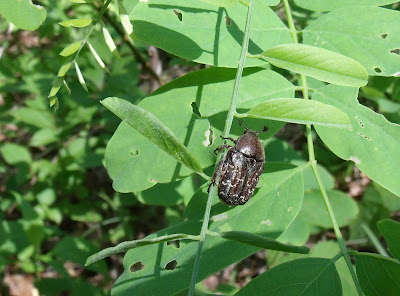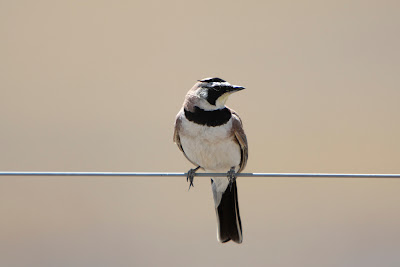On one of the hikes, we found a raccoon in a tree. I like the disclaimer-"Not my best drawing." :)
We took the kids out to our bluebird boxes to see the nests. One had five baby bluebirds inside.
One of our activities on Bug Day was to go out in the woods, roll over logs and look for millipedes, centipedes, worms, rollie-pollies and other assorted critters.
On Thursday evenings, we have a cookout and night hike. We let the kids travel a section of the trail by themselves in the dark. A few of the counselors are positioned on one end of the section and the rest are on the other, sending the children one by one. They love the thrill of walking by themselves in the dark without a flashlight.
This post was about the Thicket game, a hide and seek game that involves a child posing as an owl finding hidden mice.
This is one of my favorite posts. If you are having trouble reading it, it says " My favorite part of the day was when I found a slug and I named him Sticky and he was my friend. " Cracked me up.
It was so much fun reading what activities they enjoyed and their interpretation of them. I always look forward to taking a peek into their world.































